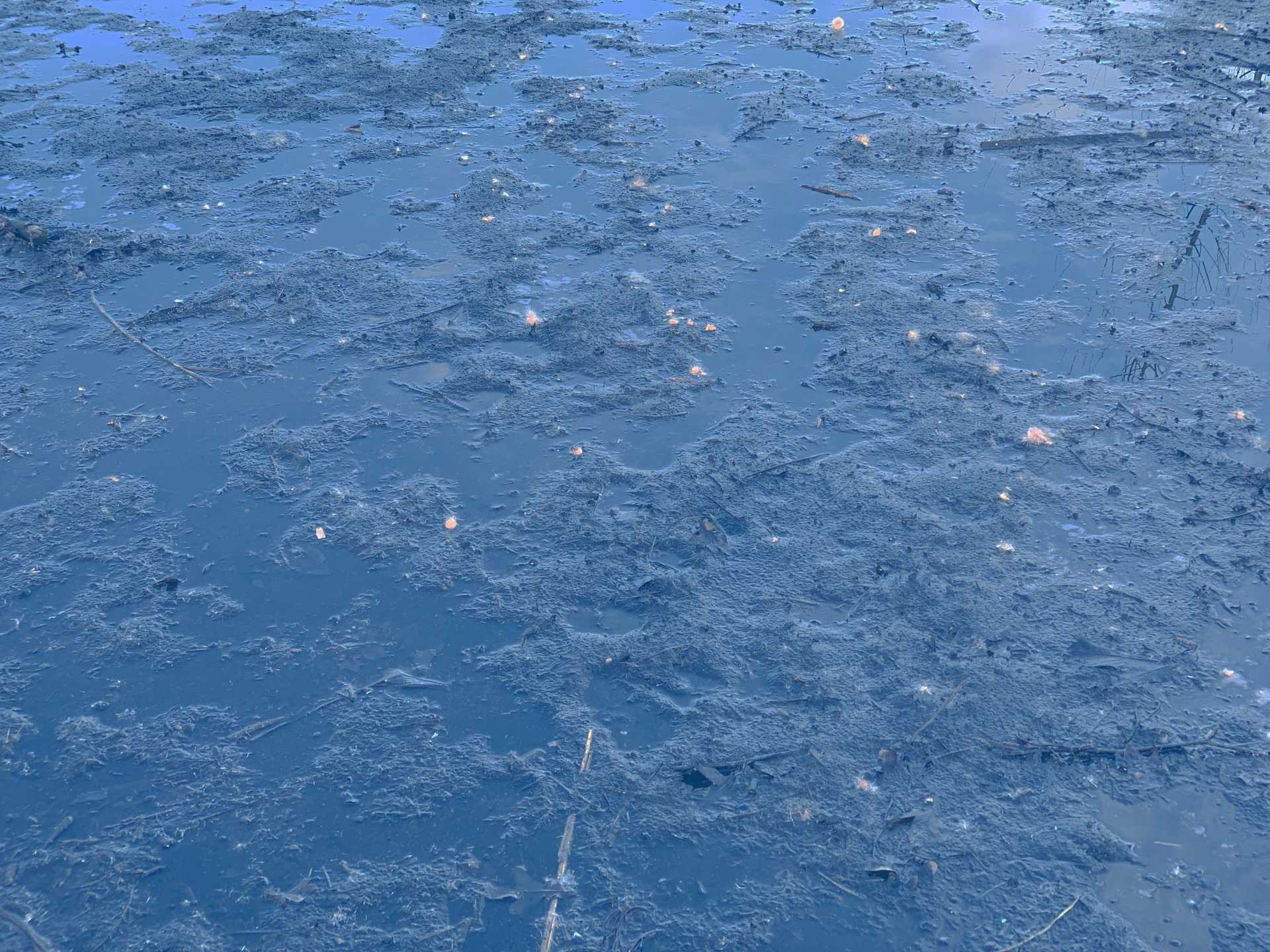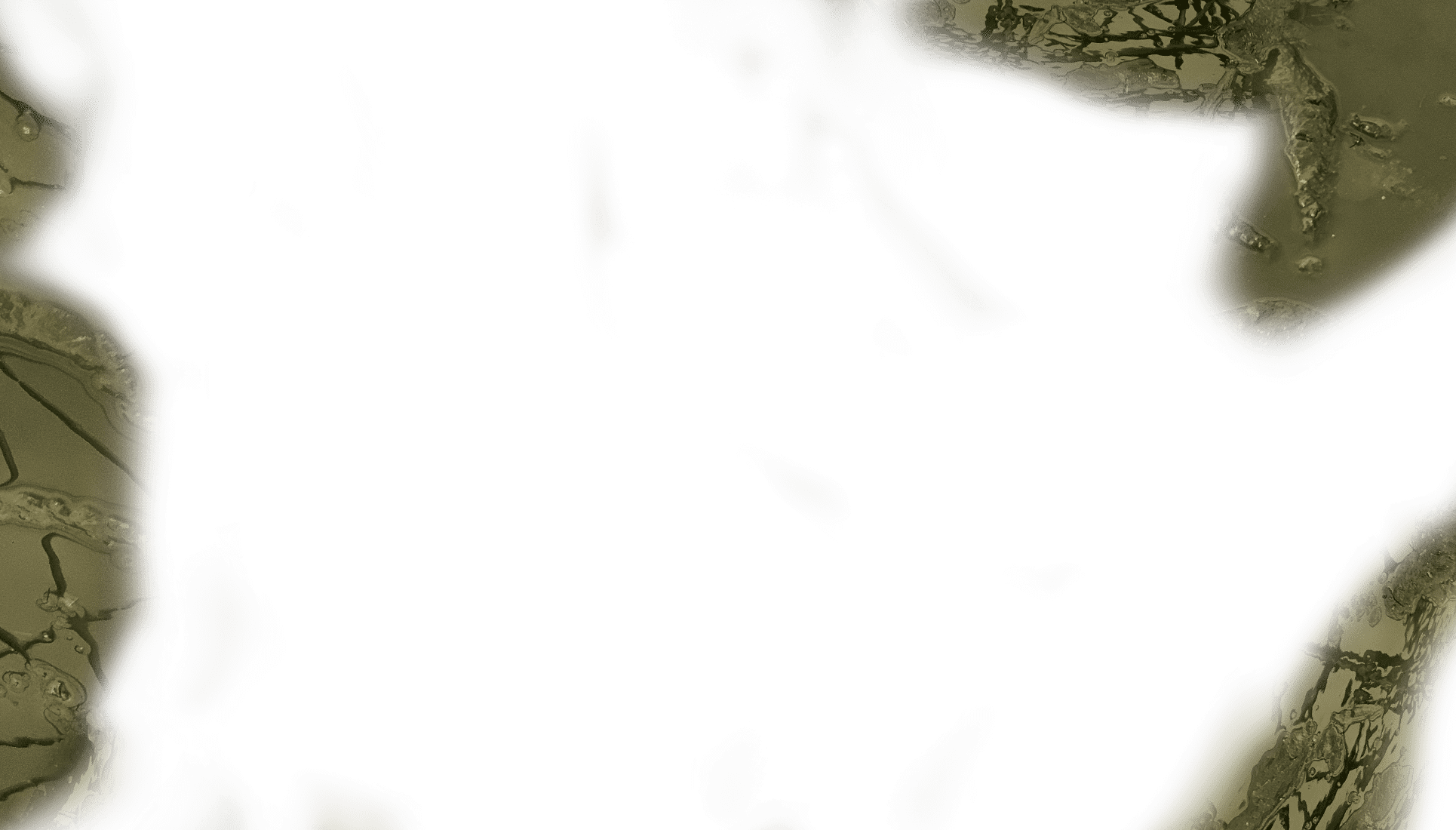Concrete, asphalt, raw wool and sludge are arranged sculpturally on a raft as if to form a kind of funnel. At the top of the funnel, a container holds mud sludge that Folke Köbberling has taken from Floating University's asphalted rainwater basin.
The mud is filtered through the rainwater and raw wool during the exhibition. Starting from the question of whether sheep's wool, as a renewable raw material, is capable of cleaning the polluted earth, the artist analyses the possible chemical transformation of the mud and its toxic decomposition. Her laboratory-like, sculptural investigation symbolizes a transformation that is always a dialogue between nature and culture.
As in her previous art actions in urban space, Folke Köbberling's laboratory staging exposes the urban infrastructure hidden behind the idyllic waterscape of the Floating University and offers a speculative solution to our environmental problems through the use of the natural resource of sheep's wool, which has experienced a dramatic loss of value in the past. It has been the preferred material in the artist's works and site-specific interventions for several years.
(Thanks to the Institute for Geosystems and Bioindication at the TU Braunschweig).
Folke Köbberling (Berlin) deals with the urban environment and its transience as a reflection of general social processes. In spatial and sculptural site-specific interventions, she addresses issues about public space, grassroots participation and self-organization, the market economy, mobility, housing, sustainability, and resource scarcity, all of which have inherent potential for social conflict. As forms of resistance against our appropriation by the excesses of the prevailing neoliberal economic order, individualized automotive transport as a hegemonic leading culture she comments with her artistic means, developing intervention models for urban space, thereby calling into question the conventional handling of urban architecture in a subtle, and often humorous way.

